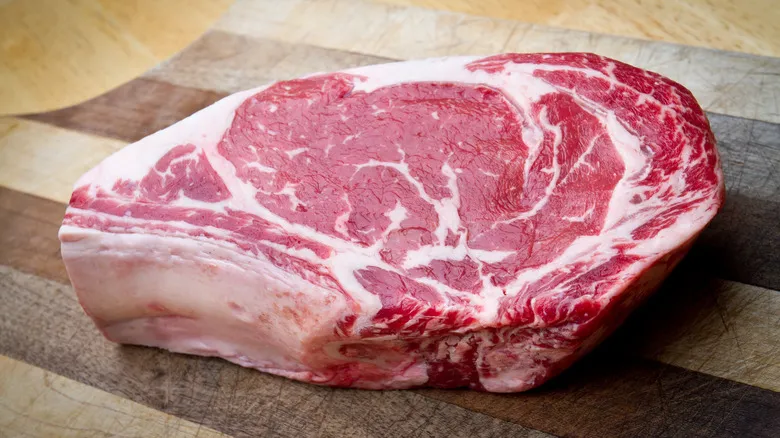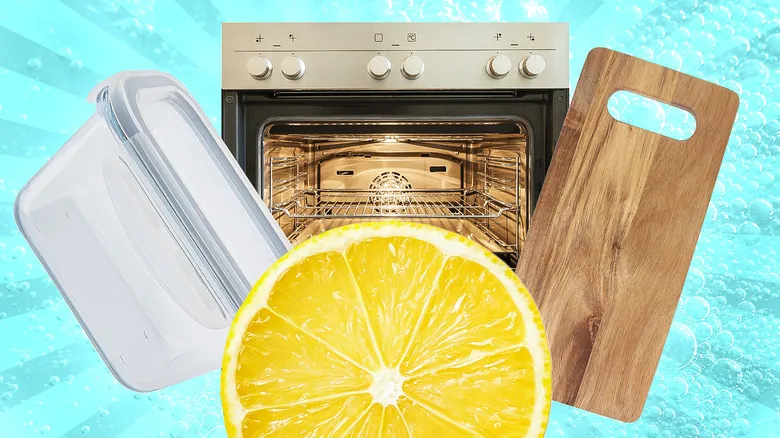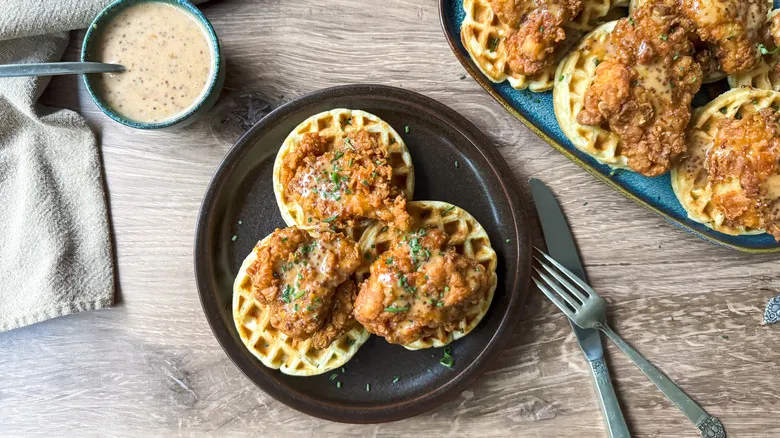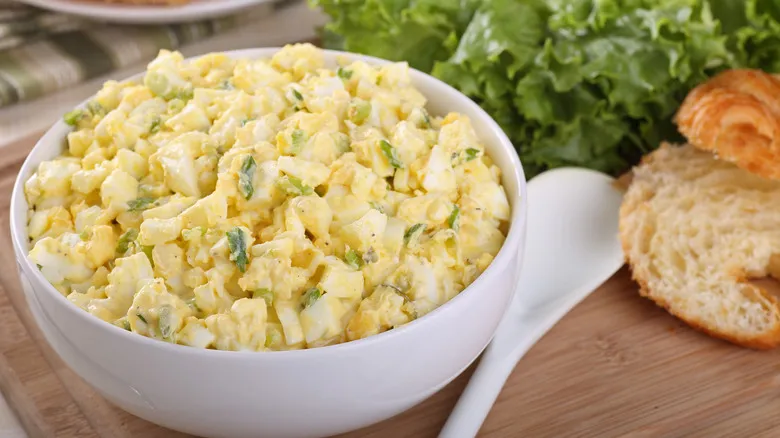What to know about the ribeye cut
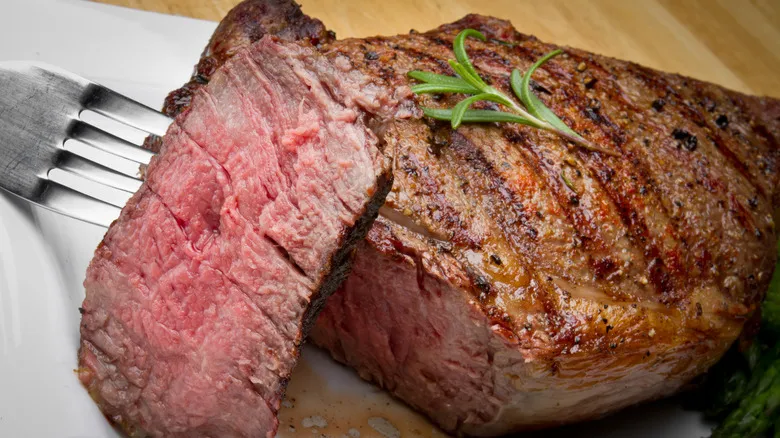
Ribeye steaks are sourced from the area adjacent to a cow's ribs, typically between the sixth and twelfth ribs. This section of the cow experiences minimal muscle use, resulting in a particularly tender cut. In contrast, cuts from more active areas, like the shoulder, tend to be tougher and often require slower cooking at lower temperatures to become tender. The terminology surrounding this cut can be somewhat confusing; while "rib steak" is sometimes used interchangeably with ribeye, in the United States, a "rib steak" usually includes the bone, whereas a ribeye is boneless. The bone-in version may also be referred to as a "cowboy ribeye." There is ongoing debate among steak enthusiasts regarding whether bone-in cuts offer more flavor than their boneless counterparts, but both variations of this cut are considered high-quality steaks.
When shopping for ribeyes, you might encounter terms such as "prime," "choice," and "select," which are USDA classifications for beef quality. Prime cuts represent the highest grade and typically feature more marbling, followed by choice and select, with prime cuts commanding a higher price. However, according to Lomonaco, choice cuts are still an excellent option for those looking to save money. "In supermarkets, you can often find Choice Rib Steak, which is one grade below prime but should still satisfy even the most discerning diners."
The one downside of ribeye
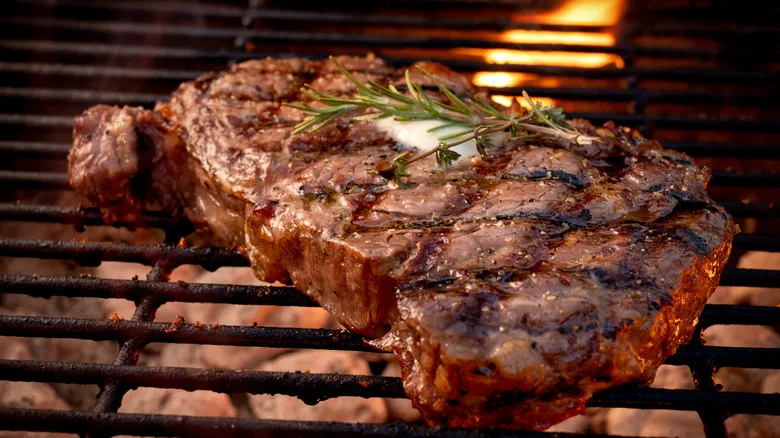
Even if you choose a choice cut of ribeye instead of a prime grade, you can expect to pay a significant amount for your steak. Prices will naturally differ among various butchers and supermarkets, but choice ribeye could set you back $18 or more per pound, while prime cuts typically exceed $20 per pound. For this reason, Lomonaco advises that if you're new to grilling steak, it might be wise to start with less expensive cuts rather than jumping straight into pricier options like rib steaks as you hone your skills. "I suggest beginning your steak journey with more forgiving and budget-friendly cuts like London broil and chuck steaks before progressing to the more expensive rib and strip steaks."
Cuts such as chuck steak usually require a longer grilling time compared to ribeye (though keep in mind that the thickness of the steak plays a significant role). Since it takes longer to accidentally overcook a chuck steak, it offers a bit more leeway in the cooking process compared to ribeye, which demands more precise timing. Regardless, using a meat thermometer is a smart move to determine when your steak is perfectly cooked, no matter the cut. Chuck steak tends to be a bit tougher than ribeye, so marinating it could be beneficial. Once you gain confidence in cooking these cuts, you should feel more at ease transitioning to a more premium option like ribeye.
Recommended

Guy Fieri's Super Stuffed Steak Is A 4th Of July Showstopper
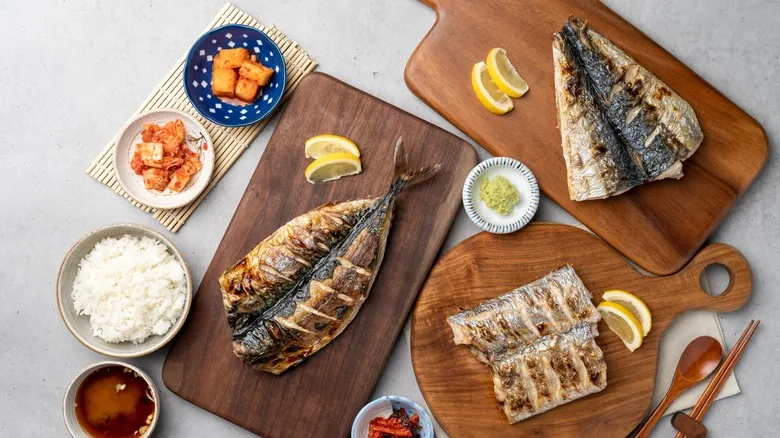
Stop Fish From Sticking To The Grill For Good With One Ingredient
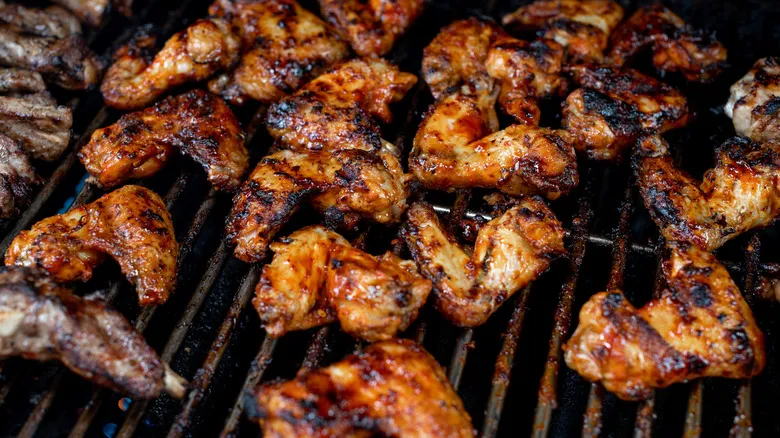
Treat Your Gas Grill Like An Oven For The Best Possible Chicken Wings
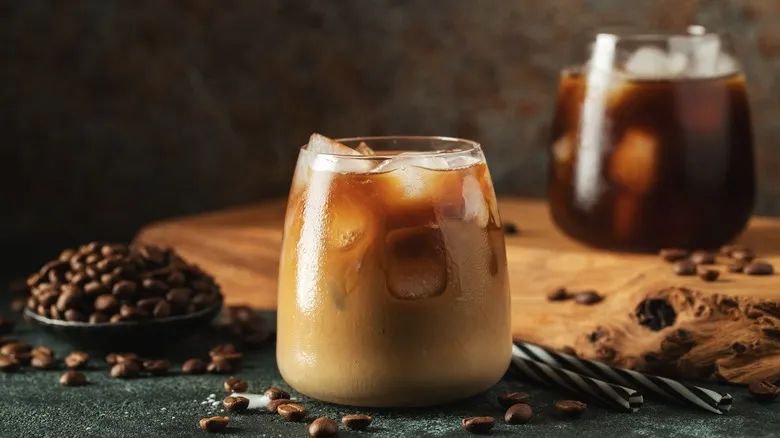
How Do Iced Coffee And Cold Brew Differ In Taste?
Next up

